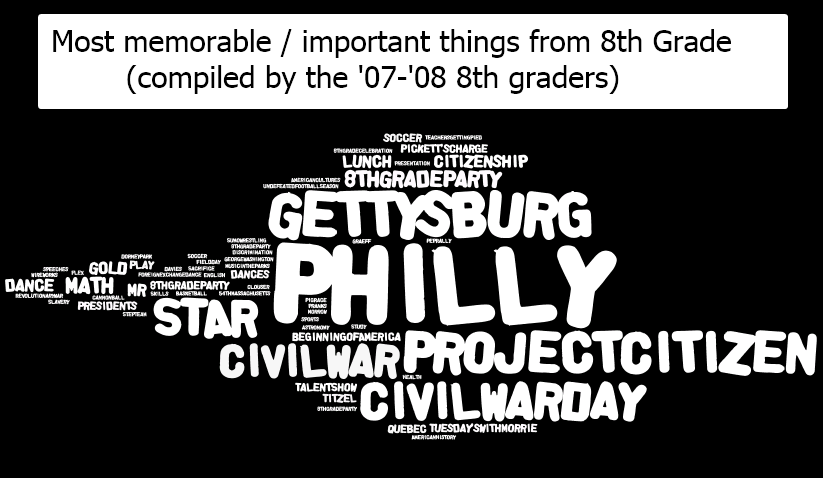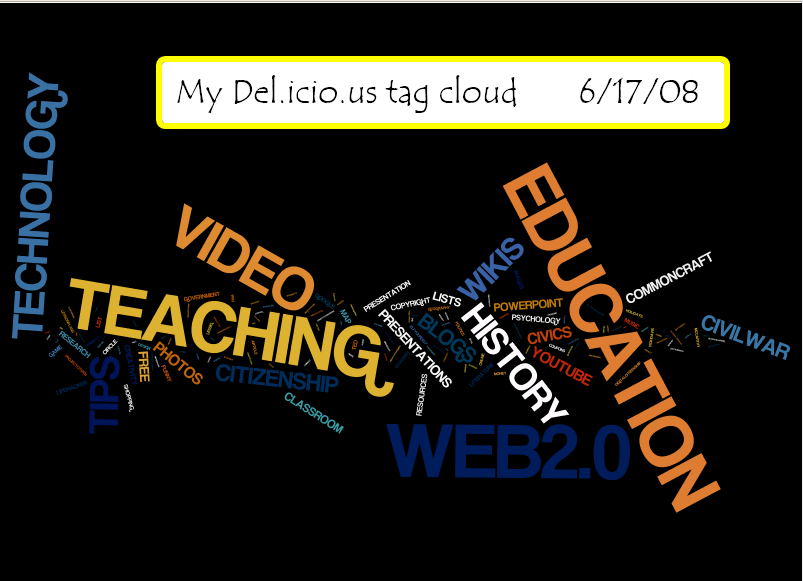My thoughts after reading the book:
"The brain is a sequential processor, unable to pay attention to two things at the same time. Businesses and schools praise multitasking, but research clearly shows that it reduces productivity and increases mistakes."
On one level this seems obvious, but on another level it seems somewhat surprising. It seems obvious that students passing notes or texting in class are not as productive and more likely to make careless mistakes, or miss important information, than students who are focused and on task. They may be the same students who ask a question that was just answered, or who failed to complete an important task on an assignment. However, don't we all multitask without any noticeably negative effects on our performance much of the time? Aren't effective teachers effective multitaskers? Should we be teaching students to be multitaskers, or should we be teaching students how to cut through distractions and focus on one task at a time? Or should we be doing both? When is it appropriate to multitask in class and when should students focus on one task at a time? One rule that makes sense to me is that when the teacher or another student is addressing the class, all attention should be focused on the speaker. That means if students are working on laptops, then the laptops must be down. When the speaker is done, the laptops may go up. I know this is something that I will need to work on in meetings. What do you think?
"Emotionally erousing events tend to be better remembered than neutral events."
This, too, seems obvious. The question is how do we stimulate student emotions in order to maximize learning? Here are two of my ideas:
- Select visually stimulating resources. This is actually related to Brain Rule #10 "Vision trumps all other senses." I find video clips from movies and youtube can spark emotions that lead to increased interest from students better than boring documentaries and slide show-like video clips and PowerPoint presentations. Also, pictures like these are an effective way to get students thinking and engaged.


- Don't avoid controversies. Encourage students to discuss and debate controversial issues as a way to process the emotions, in order to lead to a greater understanding of the context and issues related to the controversy. Challenging students way of thinking by playing devil's advocate can be an intellectually and emotionally stimulating endeavor for students as they come to grips with why they believe what they believe. This will lead to either a strengthened conviction in their original viewpoint, or a shifting of their thinking due to a logical argument. Regardless, it was the emotion that the controversy evoked that hooked the student in the first place. An example of how this could work in a history classroom could be prior to studying abolitionist John Brown's exploits students could be shown a video clip about a death penalty case and be asked to decide their views on capital punishment. After learning about John Brown and his hanging students could be asked if their original view on capital punishment has changed. How about if you personally knew someone who was a victim? John Brown and capital punishment can be jumping off points to investigate topics like revenge, mercy, and forgiveness. Students can then be instructed to find examples of each in history and today.
I have other thoughts about Brain Rules, but it is getting quite late. The main question is that if we know these things to be true, how does it impact how we teach? What things are we doing that brain research confirms are effective, and what are we doing that could be done more effectively?





